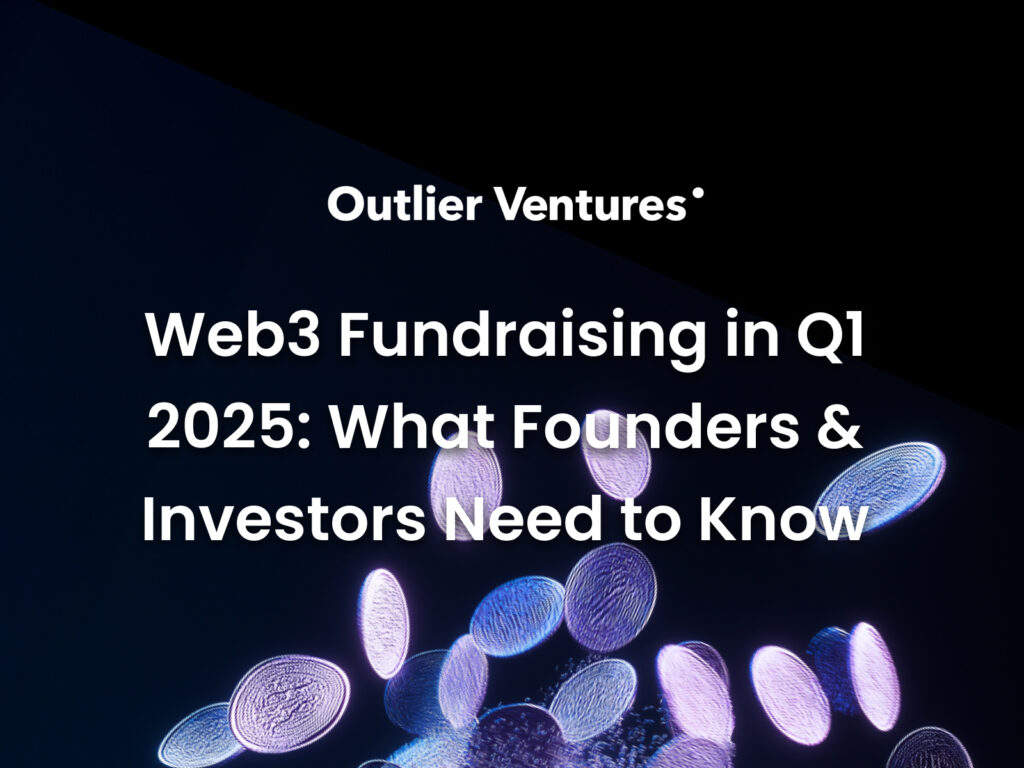Launching a new token is a complex endeavour, fraught with opportunities and pitfalls. To navigate this landscape successfully, founders need to adhere to key principles to ensure a sustainable and prosperous token economy. This article outlines ten tips for projects embarking on this journey.
Prioritise Long-Term Sustainability
While the allure of underpricing and getting significant “first-day pops” can be tempting, the focus should be on building a token economy that is sustainable in the long run. This involves creating real-world utility for the token and establishing demand drivers that go beyond mere speculation. A token with intrinsic value and a clear purpose is more likely to weather market fluctuations and maintain its relevance over time.
Balance Supply and Demand
A well-designed token economy carefully manages the release of tokens into the market. Token emissions and unlocks should be strategically timed to avoid flooding the market and depressing prices. It is crucial to ensure that demand aligns with or exceeds supply to maintain price stability and avoid a downward spiral.
Engage Reputable Market Makers and Safeguard Your Interests
Market makers play a vital role in providing liquidity and mitigating volatility, especially in the critical post-Token Generation Event (TGE) phase. Partnering with experienced and reputable market makers can help ensure a smooth trading experience for token holders and instil confidence in the market. However, it’s essential to diversify, and not rely solely on a single market maker to spread risk.
There are three main types of market makers: Designated Market Makers (DMMs), Principal Market Makers (PMMs), and Self-Service Market Makers (SSMMs). Each has its own advantages and disadvantages, so choosing the right one for your project is crucial.
Study the MM Contract Well
Scrutinise the market maker contract thoroughly, paying close attention to details like uptime commitments and payment terms. Be wary of providers who commit to lower than 95% uptime, as this could leave your token vulnerable during critical periods of high volatility.
Additionally, try to avoid exclusivity clauses that restrict your ability to work with other market makers, as this can limit your options and flexibility. Ensure the contract includes a clearly defined exit clause to safeguard against potential risks, such as the market maker’s failure to meet performance targets or engaging in malicious activities. This clause allows your project to retain control over its market-making strategy.
Avoid prepaying market makers for extended periods, such as 3 or 6 months, as this could expose your project to financial risk if the market maker fails to deliver on their commitments.
Proactive Exchange Listing
Securing listings on both decentralised (DEXs) and centralised exchanges (CEXs) is a strategic move. DEXs offer accessibility and lower listing fees, while CEXs provide a familiar trading environment and enhanced liquidity. A multi-platform approach broadens the token’s reach, improves price discovery, and increases legitimacy in the eyes of investors and the community. However, be cautious of exchanges that offer free listings but demand unrealistic price increases, as these may be signs of predatory practice.
Optimise Tokenomics
Tokenomics, the economic model of the token, should be continuously refined based on market feedback and data-driven analysis. This iterative process ensures that the tokenomics model remains aligned with the project’s evolving goals and adapts to changing market conditions. Regular assessments and adjustments can help maintain a healthy balance between supply and demand, incentivize desired behaviours, and discourage harmful activities.
Transparency and Communication
Open and honest communication with the community and investors is paramount. Transparency regarding tokenomics, launch strategies, and any post-TGE adjustments fosters trust and confidence. Regular updates and clear explanations of decisions can help manage expectations and mitigate potential backlash against market fluctuations.
Community Building and Education
A strong and engaged community can be a powerful asset for a Web3 project. Investing in community building and educating users about the token’s utility and value proposition can drive organic demand and create a loyal user base. A well-informed community is more likely to support the project through its various stages and contribute to its long-term success.
Risk Management
The Web3 landscape is inherently risky, with potential pitfalls like underpricing, market manipulation, and low liquidity. It is crucial to be aware of these risks and implement strategies to mitigate them. This might involve staggered token releases, partnerships with reputable market makers, and robust security measures to protect against potential threats.
Post-Launch Monitoring and Adaptation
The work doesn’t end with the token launch. Continuous monitoring of the token’s performance in the secondary market is essential. Be prepared to adapt your strategies based on real-world data and market feedback. Flexibility and responsiveness to changing conditions are key to maintaining stability and fostering growth.
Conclusion
Launching a token is a multifaceted endeavour that requires careful planning, strategic decision-making, and ongoing adaptation. By adhering to these ten principles and seeking expert guidance when needed, projects can navigate the complexities of the Web3 landscape and increase their chances of achieving long-term success and sustainability.
Navigating the complexities of token launches and market dynamics can be daunting. Don’t hesitate to seek guidance from experienced professionals like tokenomics consultants, market makers, and financial advisors. Their expertise can be invaluable in making informed decisions and avoiding costly mistakes.
Outlier Ventures, with its extensive experience in launching over 40 tokens, is well-equipped to provide comprehensive token advisory services covering all aspects of token design, launch, and market management.




